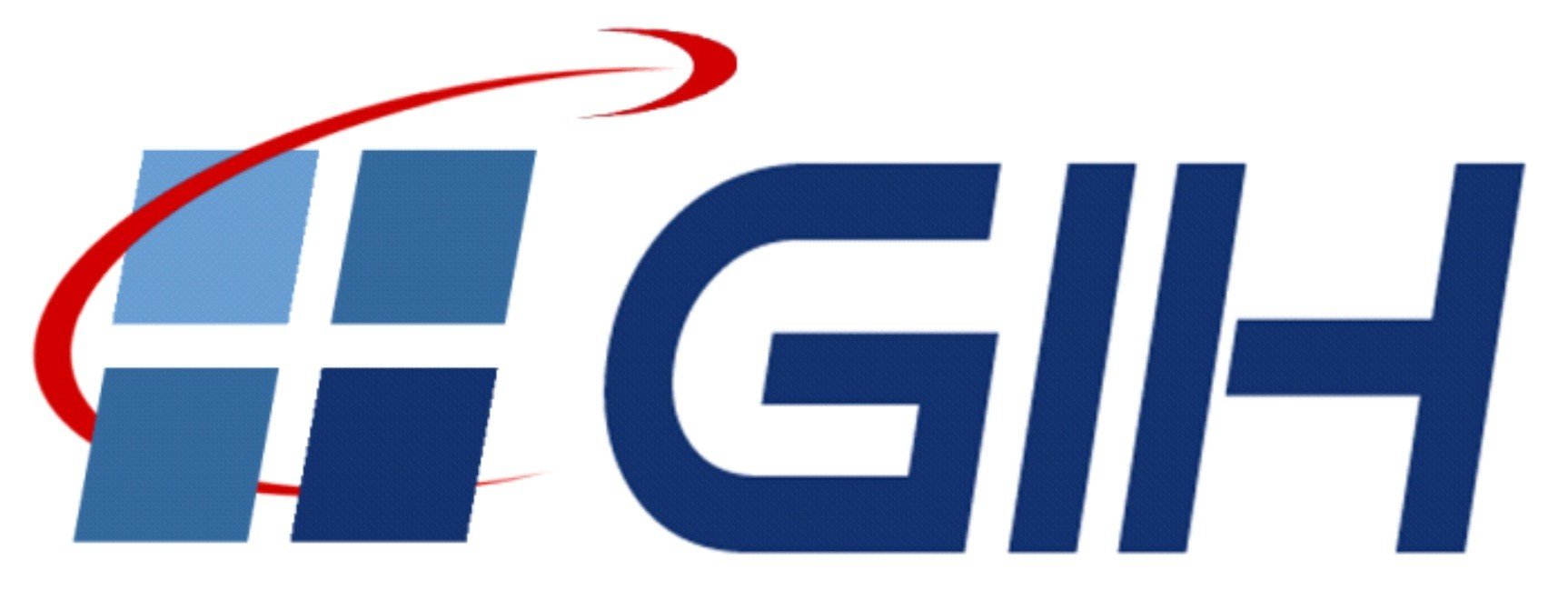TLS-based profile model analysis of major composite structures with robust B-spline method
- verfasst von
- Xiangyang Xu, Boris Kargoll, Johannes Bureick, Hao Yang, Hamza Alkhatib, Ingo Neumann
- Abstract
With the development of city constructions, tunnels are becoming important structures for underground transportation. Tunnels constitute layered composite structures with concrete, reinforcement, waterproof layers, etc. Deformation monitoring of this kind of wide-ranging composite structure is significant to assure their safety considering the development of their complexity. Terrestrial laser scanning (TLS) is one of the most accurate and fast measurement technologies for deformation analysis. It has been applied widely in survey fields with the advantages of non-contact and panoramic acquisition of information. In this situation, TLS instruments are being developed rapidly, which necessitates high requirements regarding software aspects, especially concerning high-accuracy model construction. Therefore, developing a reliable method for 3D modeling with complex and massive point clouds is urgent. In this paper, we propose an adaptive expectation maximization (EM) method based on the scaled t-distribution for B-spline estimation, where automation is achieved for the best approximation with the maximum probability density. The innovation of this paper lies in offering a robust, automatic and time-efficient solution to model practical tunnel structures with a complex point cloud.
- Organisationseinheit(en)
-
Geodätisches Institut
- Externe Organisation(en)
-
Jiangsu University of Science and Technology (JUST)
- Typ
- Artikel
- Journal
- Composite Structures
- Band
- 184
- Seiten
- 814-820
- Anzahl der Seiten
- 7
- ISSN
- 0263-8223
- Publikationsdatum
- 15.01.2018
- Publikationsstatus
- Veröffentlicht
- Peer-reviewed
- Ja
- ASJC Scopus Sachgebiete
- Keramische und Verbundwerkstoffe, Tief- und Ingenieurbau
- Ziele für nachhaltige Entwicklung
- SDG 11 – Nachhaltige Städte und Gemeinschaften
- Elektronische Version(en)
-
https://doi.org/10.1016/j.compstruct.2017.10.057 (Zugang:
Geschlossen)






